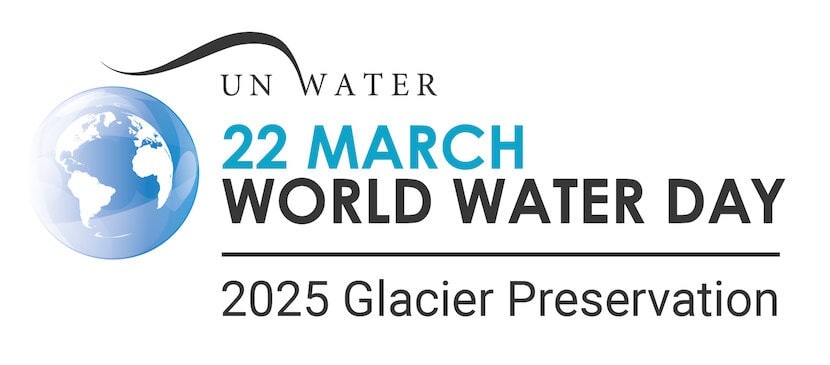Weekly Freshups

World Water Day
In December 1992, the United Nations General Assembly adopted resolution A/RES/47/193 by which 22 March of each year was declared World Day for Water in 1993. It emphasizes the importance of fresh water. The UN Water Development Report (WWDR) is released year around World Water Day. UN-Water is the convener for World Water Day and selects the theme for each year in consultation with UN Organisations that share an interest in that year’s focus.
“Glacier Preservation” is the theme for World Water Day highlighting the vital role of glaciers play in preserving freshwater supplies worldwide and the need for conservation efforts in the face of climate change.

Importance of Glaciers:
Glaciers are frozen rivers of water essential to the water cycle, vital for drinking water, sanitation, agriculture, industry & Clean energy production.
Threat:
Rising temperature due to climate change cause faster melting of glaciers. 2025 is the International Year of Glaciers Preservation, which will rally global efforts to protect glaciers, the sheets and permafrost.
World Water Day aims to support the achievements of Sustainable Development Goals 6 – “Water and Sanitation for all by 2030”. The first World Water Day designated by the United Nations was in 1993. Water security, water pollution, inadequate supply, lack of sanitation and the impact of climate change are the main issues focused.
Themes Over the Years:
| Year | Theme | Year | Theme |
|---|---|---|---|
| 1994 | Caring for our water resources is Everybody’s Business. | 2016-2019 | Nature for Water |
| 1995 | Women & Water. | 2016-2019 | Leaving No One Behind |
| 1996 | Water for Thirty Cities. | 2020 | Water & Climate Change. |
| 1997 | The World Water is there enough? | 2023 | Accelerating Change |
| 2016-2019 | Water & Jobs | 2024 | Water for Prosperity & Peace. |
| 2016-2019 | Why Waste Water? | 2025 | Glacier Preservation. |
Initiatives:
Capacity-building initiatives like forming WASH (Water, Sanitation and Hygiene) Clubs in Schools or educating young environmental leaders and Ganga-Mitras (Women who take an environmental leadership) and protection and Sustainable practices more broadly.
- Jai Shakti Abhiyan.
- Mahatma Gandhi National Rural Employment Guarantee Scheme (MGNREGS).
- Atal Bhujal Yojana – aimed at conserving water and promoting rainwater harvesting.
National Rural Drinking Water Programme (NRDWP) was restructured and subsumed into Jal Jeevan Mission (JJM) to provide Functional Households Tap Connection (FHTC) to every rural Household i.e. Har Gar Jal, by 2024. In the budget 2025, the Government extended this scheme till 2028 to provide water connection to all rural Households.
In 2025-26, the Ministry of Jal Shakti has been allotted Rs.99,503 crore, marginally higher than the budget allocation Rs.98,714 crore. The revised estimate for expenditure in 2024-25 is 48% lower than the budget allocation. This is due to reduced allocation to the Jal Jeevan Mission at the revised stage.
Recent Posts
Archives
- April 2025 (12)
- March 2025 (4)
- January 2025 (1)
- December 2024 (17)
- November 2024 (30)
- September 2024 (1)
- August 2024 (1)
- June 2024 (2)
- May 2024 (1)
